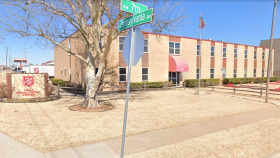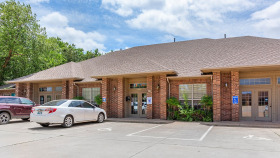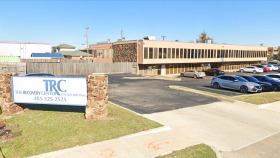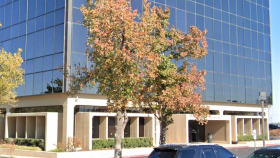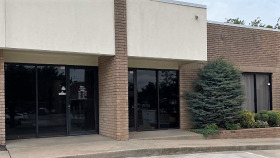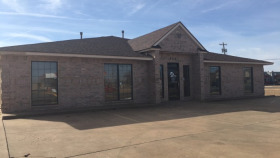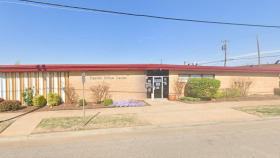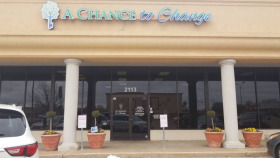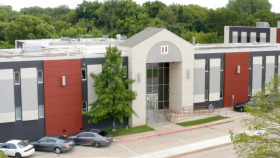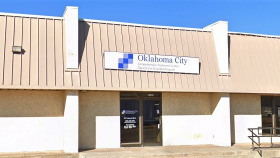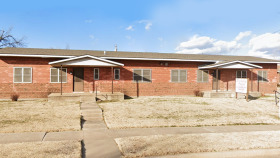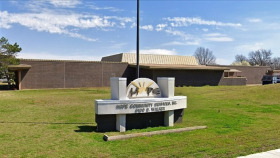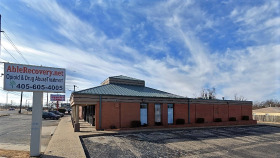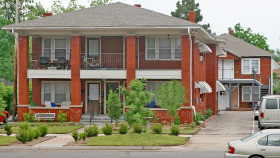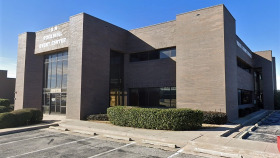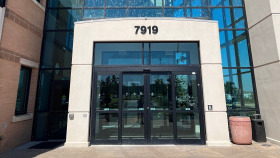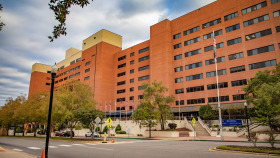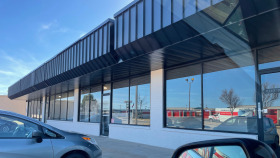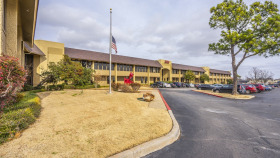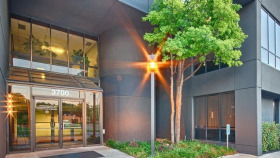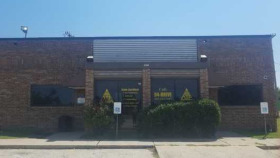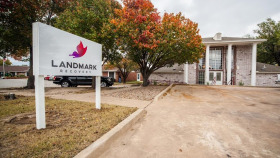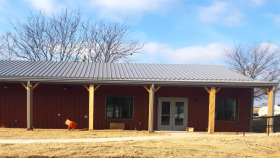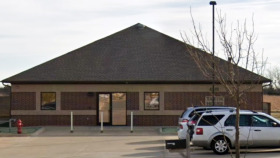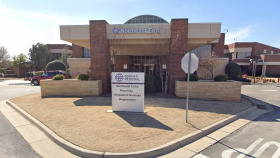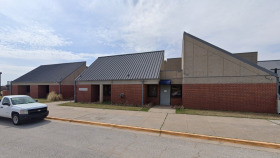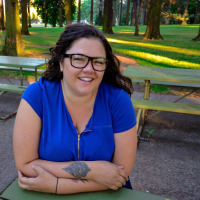Expert Insights
The Cherokee Nation of Oklahoma is the nation’s largest Native American tribe, with well over 441,000 currently enrolled citizens. They are also a member of the states who sued pharmaceutical giants who played a large role in creating and expanding the nation’s opioid crisis back in 2017. The pharmaceutical companies agreed to a settlement, and the Cherokee will receive a large portion of that settlement amount. As for the Cherokee Nation of Oklahoma, they plan to use $18 million of the total $98 million in opioid settlement funds to build a 50-bed, 17,000-square-foot treatment facility in Tahlequah, Oklahoma, which is the headquarters for the tribe. TAccording to tribal spokespeople, the facility will be completely operated by members of the tribe and provide free addiction treatment for Cherokee Nation citizens who need services.
~ Rita Milios
How Expensive is Drug Rehab in Oklahoma City?
The cost of addiction treatment in Oklahoma City can vary widely. Your out-of-pocket expenses will depend on multiple factors, including:
Type of rehab (inpatient vs. outpatient)
Amenities and features (luxury vs. standard)
Length of treatment stay
Insurance plans accepted
Government funding
Location
A residential stay is typically more costly since it includes the price of staying on-site with meals, therapy, and other services. Luxury or executive addiction treatment centers with advanced amenities have even higher costs.
If cost is a concern, you can find free, low-cost, or sliding-scale facilities or detox centers in Oklahoma City. Some facilities offer payment plans where you make smaller payments over time.
Under the Affordable Care Act, all insurance plans must cover some treatment, so all private insurance, Medicaid, Medicare, or military insurance will help pay for addiction care. Your insurance company can tell you which facilities, services, or providers are covered.
How Much Does Drug Rehab Cost in Oklahoma?
Oklahoma is ranked 5th nationwide in terms of addiction treatment affordability, with an average cost of drug and alcohol rehab of $54,475 (without insurance).
- Medical detox is the most expensive, with an average cost of $134,301
- Inpatient drug rehab in Oklahoma costs an average of $48,071
- Outpatient addiction treatment in Oklahoma costs and average of $7,988
- Outpatient methadone treatment is the most affordable, with an average cost of $7,097
Are There Low-Cost and Free Drug Rehab Centers in Oklahoma City?
There are no state-operated addiction treatment facilities in Oklahoma City. The state of Oklahoma partners with non-profit and private centers to certify Certified Community Behavioral Health Clinics (CCBHC), which offer services regardless of the patient’s ability to pay. The programs are generally outpatient and do not offer medical detox on-site.
SoonerCare, the state’s Medicaid program, covers substance use care, including inpatient detox. Prior authorization is required for SoonerCare participants.
As of 2024, there were over 210 drug rehab facilities across the state of Oklahoma. Of those treatment facilities, the following numbers reflect how many programs offer free or low cost payment methods:
How Does Oklahoma City Compare in Alcohol and Drug Use?
The state of Oklahoma has struggled with significant rates of addiction and overdose. The state ranked 18th in drug deaths in 2021. To combat the problem, there are more than 30 choices for anyone looking for alcohol and drug rehab centers in Oklahoma City. There are a wide variety of programs that can serve any treatment need. Many services offer free or low-cost treatment options and accept private insurance, Medicare, Medicaid, and military insurance.
In 2021, 17.2% of adults in the state of Oklahoma say they used drugs (excluding cannabis) for non-medical reasons.
Additional stats include:

Abuse of prescription drugs was the most reported category, followed by illicit drugs and prescription opioids.

4% of men abused illicit drugs, compared to 11.3% of women who abused illicit drugs.

People earning less than $75,000 per year had higher rates of drug use than those in other income brackets.

36% of college graduates reported illicit drug use, compared to 14.3% of people who graduated high school.
In 2020, about 12.8% of adults in Oklahoma reported excessive drinking, which includes past-month binge drinking or heavy drinking. This figure was below the national average of 17.6%.
Other 2020 statistics related to drinking in Oklahoma City include:
of adults between the ages of 18 and 44 engaged in excessive drinking.
of men engaged in excessive drinking, compared to 8.8% of women.
of college graduates engaged in excessive drinking.
Although not everyone who engages in excessive drinking or drug use does so because of an addiction, it is often a sign of substance use disorder. Substance use also increases the risk of other health conditions, including alcohol poisoning, learning and memory problems, liver disease, and cancer. People who consume drugs or alcohol may be at higher risk for unintentional injuries and violent incidents.
Alcohol and Drug Laws in Oklahoma City
The drug laws in Oklahoma have gone through changes in recent years. Medical marijuana is legal. Possession of a small amount without a license is considered a misdemeanor if you can prove a medical condition. Possession of other drugs carries felony changes, as does possession with intent to distribute. In 2018, the state Legislature reformed drug sentencing laws to reduce prison time, but there are still mandatory sentences for drug crimes.
Oklahoma Good Samaritan Overdose Law: People who witness overdoses and call for medical help have protection under this law from prosecution for drug possession.
Oklahoma Naloxone Access Law: Oklahoma residents can obtain over-the-counter naloxone if they know someone at risk of an opioid overdose or are at risk themselves. Some facilities offer free naloxone to those who need it.
Alternative Sentencing for Non-Violent Drug Offenders: Drug courts give non-violent offenders the option of going to court-ordered drug addiction treatment instead of serving jail time.
Resources
- America’s Health Rankings. (2021). Non-Medical Drug Use – Past Year In Oklahoma.
- Oklahoma Health Care Authority. (2022). Mental Health and Substance Abuse Services.
- National Institute of Mental Health. (2022). Major Depression.
- American Psychiatric Association. (2021). What are Anxiety Disorders?
- Oklahoma Mental Health and Substance Abuse. (2022). Oklahoma Drug Courts.
- Oklahoma State Department of Health. (2022). Naloxone.
- OK I’m Ready. (2022). Overdose.


